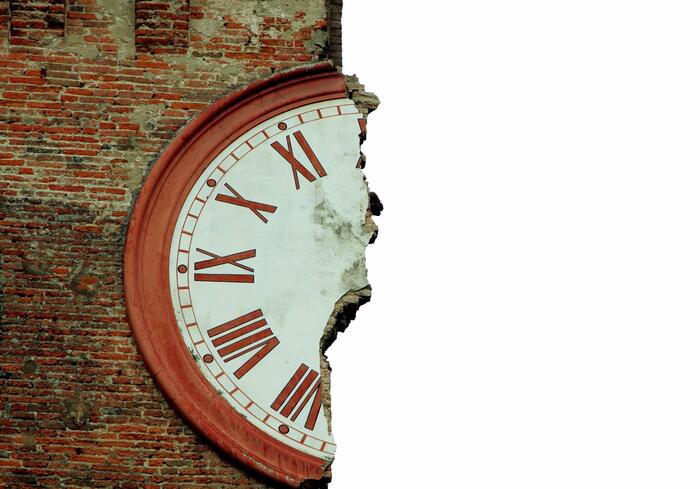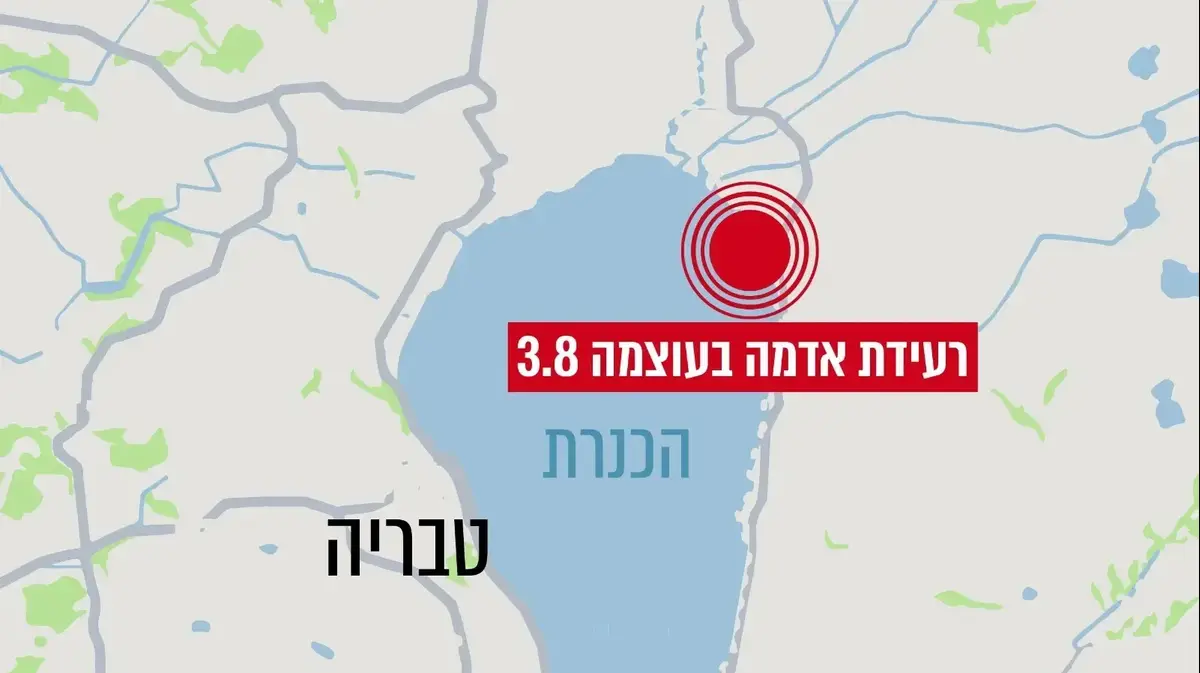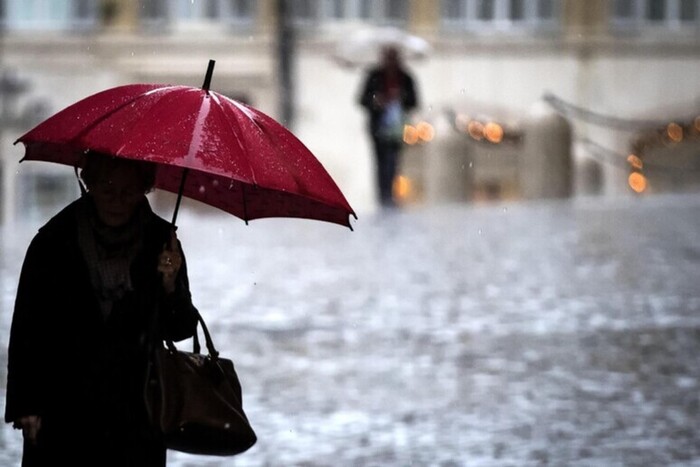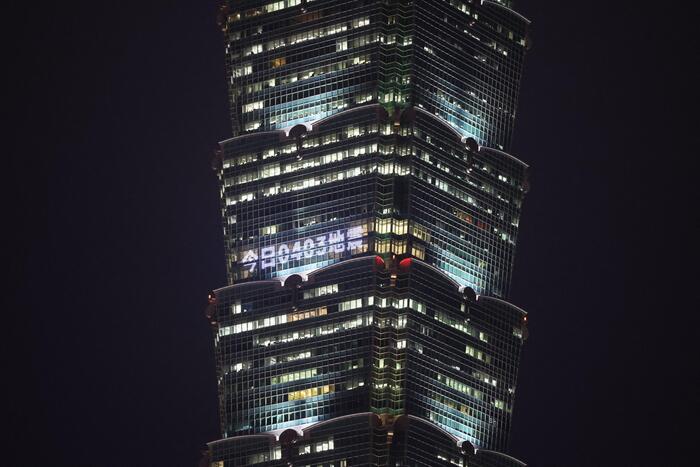For centuries the Emilian plain had had to defend itself from wars, invasions, floods, famines, but never from the destructive fury of an earthquake.
On a placid May night ten years ago, suddenly, everything changed: an unknown enemy sowed death and destruction in a fertile and industrious land.
Saturday 20 May 2012 the Bassa, that land nestled between the great river and the cities that developed between the Via Emilia, had fallen asleep among the scents dispersed in the air since late spring, well-deserved rest in view of a sunny Sunday .
At 4.03 a magnitude 5.9 earthquake shattered the Emilia lowlands, upsetting proud and productive centers such as Mirandola, Medolla, Sant'Agostino, San Felice sul Panaro, between Modena, Ferrara, Bologna and Reggio Emilia.
The plain of air and sun, of dreamers, farmers, painters, a land where work is almost a civil religion so much so that it produces about 2% of the national GDP was astonished, also because until a few years ago it was not considered seismic, so much so that the industrial sheds with which it is scattered had been built, in full compliance with the rules, only to resist the wind.
Wandering around the countries struck by the earthquake, in those days, one heard above all a sentence to comment on what had happened: "What a bad job".
Work, in these parts, is such a serious and important thing that something as disastrous as the earthquake was compared to the worst that can come to mind, that is, "a bad job".
A job done badly, without love, without commitment, without attention.
The earthquake brought death and rubble: 28 confirmed victims, due to collapses, illnesses and injuries.
But it also triggered sneaky under the proud rind of the low Emilian.
In fact, he played with the desire for recovery of these people who had already got back on their feet after a week.
And nine days later, on May 29, first at 9 am, then around one, it hit again with two shocks greater than 5 in magnitude, less intense than that of 20, but more destructive, even more murderous.
The second shock affected above all the work of this land made up of industrial districts that export products of excellence to almost every corner of the world.
That is, made with that taste, with that love, with that ability, with that atavistic wisdom that means that there cannot be another place in the world where they can be done in the same way.
In fact, it was the workers who paid the highest blood price: the Bbg of Mirandola, the Meta di San Felice sul Panaro, the Haemotronics of Medolla, became symbols of the Emilian drama, of that Tuesday morning of almost summer when many had returned to the work, precisely to remedy the damage of the shock of nine days before, to restart as soon as possible the production of gastronomic, biomedical and mechanical excellence, in order not to surrender to the destructive power of the earth.
And that they saw the sheds fall on their heads.
The tent cities, now already built in all the villages of the Bassa to accommodate those who had the damaged house, have ensured that a higher number of victims was not added to the disastrous toll of buildings, factories, warehouses, historical and religious places.
Emergency, solidarity, reconstruction have become almost synonymous for years.
The choice, led by the then extraordinary commissioner Vasco Errani in tandem with the then head of civil protection Franco Gabrielli, was unprecedented: that is to try to make the post-earthquake a less extraordinary phase possible.
In other words, entrusting every very complicated step, every little problem, every confrontation with a government that at the time made austerity its flag, to the local institutions, starting with the Municipalities.
Ten years after the earthquake, that bet can be said to be won: the reconstruction is practically completed (some historic buildings and some churches are still missing) but it was certainly not a walk in the park: many people have been away from home for years, the historic centers of the villages have suffered. very much, the economic fabric has suffered serious repercussions.
But the reconstruction also gave birth to new experiences, on the construction of communities, on development in respect of the environment and on the fight against infiltration by the organized crime, always ready, in these cases, to do business.
Next Friday, on the occasion of the tenth anniversary, it will be the President of the Republic Sergio Mattarella to commemorate the victims, but also to celebrate the spirit, attitude and desire for hope of the lower Emilia.
And above all his teaching: there is no drama that is too great from which we cannot recover.
To do this, there are no secret recipes, there are no miracles, there are no magic.
There is only work.
Around here they know it well, because it has always been like this.




/cloudfront-eu-central-1.images.arcpublishing.com/prisa/E2SOPDAIKRGJPJY4T2WETDP77I.jpg)




